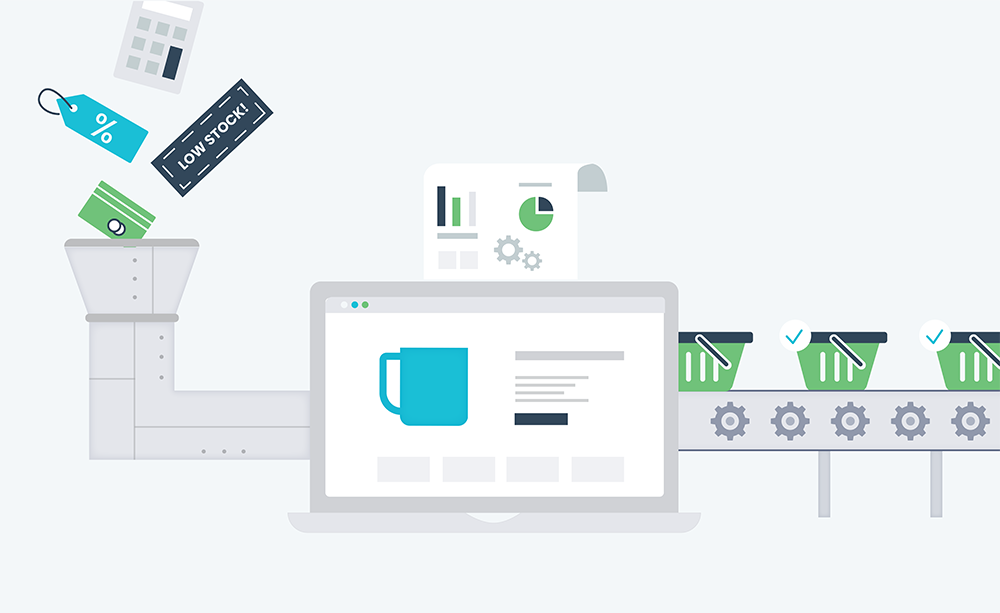By Miva | August 17, 2018

See why top ecommerce brands use Miva’s no-code platform to run
multiple stores, manage massive catalogs, and grow their revenue.
Everyone likes the special feeling of stepping beyond the red velvet rope. Whether your B2B customers are stocking up on repeat bulk orders for products they use for manufacturing or buying smaller amounts of a wide array of highly specialized products for resale, they are apt to be your most valuable customers. Look out for them by understanding how they shop and what they want. Unlike B2C customers, B2B customers are less likely to be impulsive and brand reliant. They want to see the products most relevant to them. But B2B buying decisions are largely led on price, with merchants comparison shopping for weeks (or months) before completing an order. Knowing specific pricing helps them hit their budgets targets – and makes it more likely they’ll finalize orders with you.
One of the great advantages of having a robust ecommerce platform like Miva is being able to display different pricing to different types customers. This means not only distinguishing between B2C and B2B shoppers but also having the ability to differentiate between specific B2B shoppers. You do this by setting up price groups that enable you to assign pricing for variables you specify. When customers go to your online store without logging in, they’ll see consumer or standard pricing. When they log in with their account details, they will see the pre-negotiated pricing for their level of sales. Be sure to clearly flag the benefits of logging in so they aren’t misled by the higher retail pricing. After they login, you can remind them of additional benefits of business accounts, such as wish lists, order history, or special payment and shipping arrangements. Click here for information on how to add price groups to your Miva store and check out a video with an overview of price groups.
Wholesale customers want to be able to clearly see their discounts and relevant pricing for the products they are reselling. Being able to see all three prices – the price they pay, the MSRP and the MAP – gives them a way to quickly calculate their potential revenues from sales. You can add to the user experience by including pricing calculators on the product page that will make it fast for them to figure out how much they will spend when they purchase at specific volumes levels.
Think of this as a concierge service. Whenever you’re buying and selling online, the goal is to complete transactions as swiftly as possible. But if one of your customers wants to place an unusually large order (or a large unusual order), give them an easy option to contact you for personalized service by phone or email. This can be as simple as adding form on a landing page, but you must also have an effective follow-up plan, so someone will contact the customer within a certain promised time window (usually 24-48 hours). This allows customers to negotiate with you, but it also helps build a relationship between the customer and your company. On the form, you can also capture data for marketing purposes and move customers through your sales funnel if they aren’t quite ready to purchase when you contact them.
Your wholesale and retail customers will often be searching for the same items, but in different quantities. For example, Miva’s availability group feature allows you to display high volume items with big discounts to your wholesale customers, while displaying individual items to your retail customers. So if you’re selling lip balm you might sell it by the dozen to wholesale customers, and individually to consumers. You’d want your wholesale customers to see their discount pricing – and you don’t want your retail customers to see that markup. You can also use availability groups to offer specific products to specific customers. For example, say you produce branded T-shirts and hoodies for two rival schools. Set it up so the buyers for the school stores or sports groups only see the gear that sports their logo and colors. Find out more about availability groups by looking at Miva’s reference guide and video.
Nothing annoys a busy business buyer more than finding out a product isn’t available. Be as transparent as possible by displaying when an item is In Stock, Out of Stock, or Discontinued. Even better: let them know how many items are left to create a sense of urgency for them to order. This has become a must-have for ecommerce websites. To save customers time, display the information on both category pages and the product pages.
Put these five tips into action and your high-volume B2B customers will be thanking you in that most important of ways: by buying more often.
Interested in finding out how Miva can help your online store? Contact a Miva Solutions Architect today.

Elisa Williams is a journalist and communications strategist who combines storytelling with solid research and analysis. A contributing author to the Miva Blog, Elisa has written for a wide array of consumer, business and technology publications, including Newsweek, Real Simple, Computer Life and Inc. Her marketing and content development work includes supporting technology companies that specialize in ecommerce, financial services and big data.
Love it? Share it!
No worries, download the PDF version now and enjoy your reading later...
Download PDF Miva
Miva
Miva offers a flexible and adaptable ecommerce platform that evolves with businesses and allows them to drive sales, maximize average order value, cut overhead costs, and increase revenue. Miva has been helping businesses realize their ecommerce potential for over 20 years and empowering retail, wholesale, and direct-to-consumer sellers across all industries to transform their business through ecommerce.
Visit Website